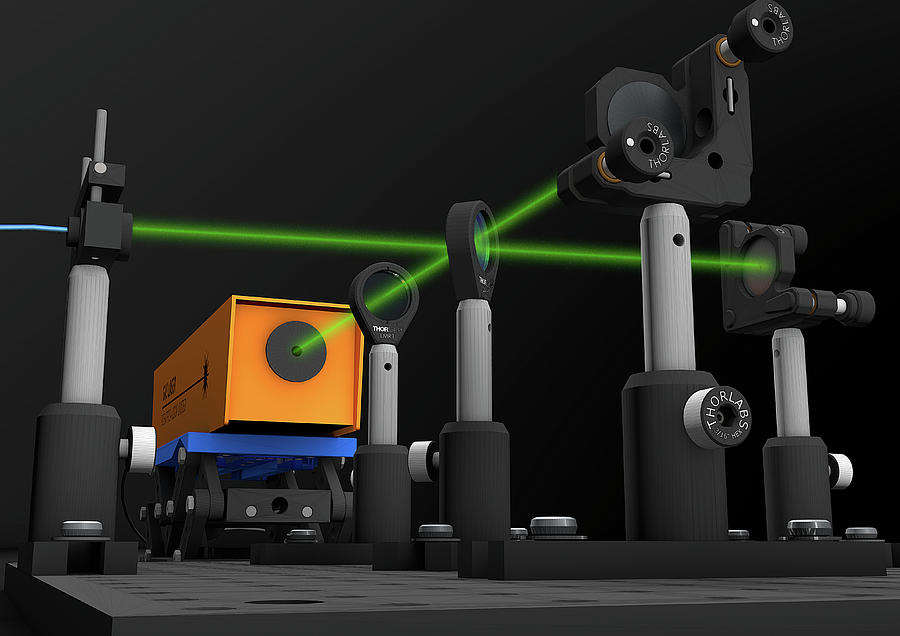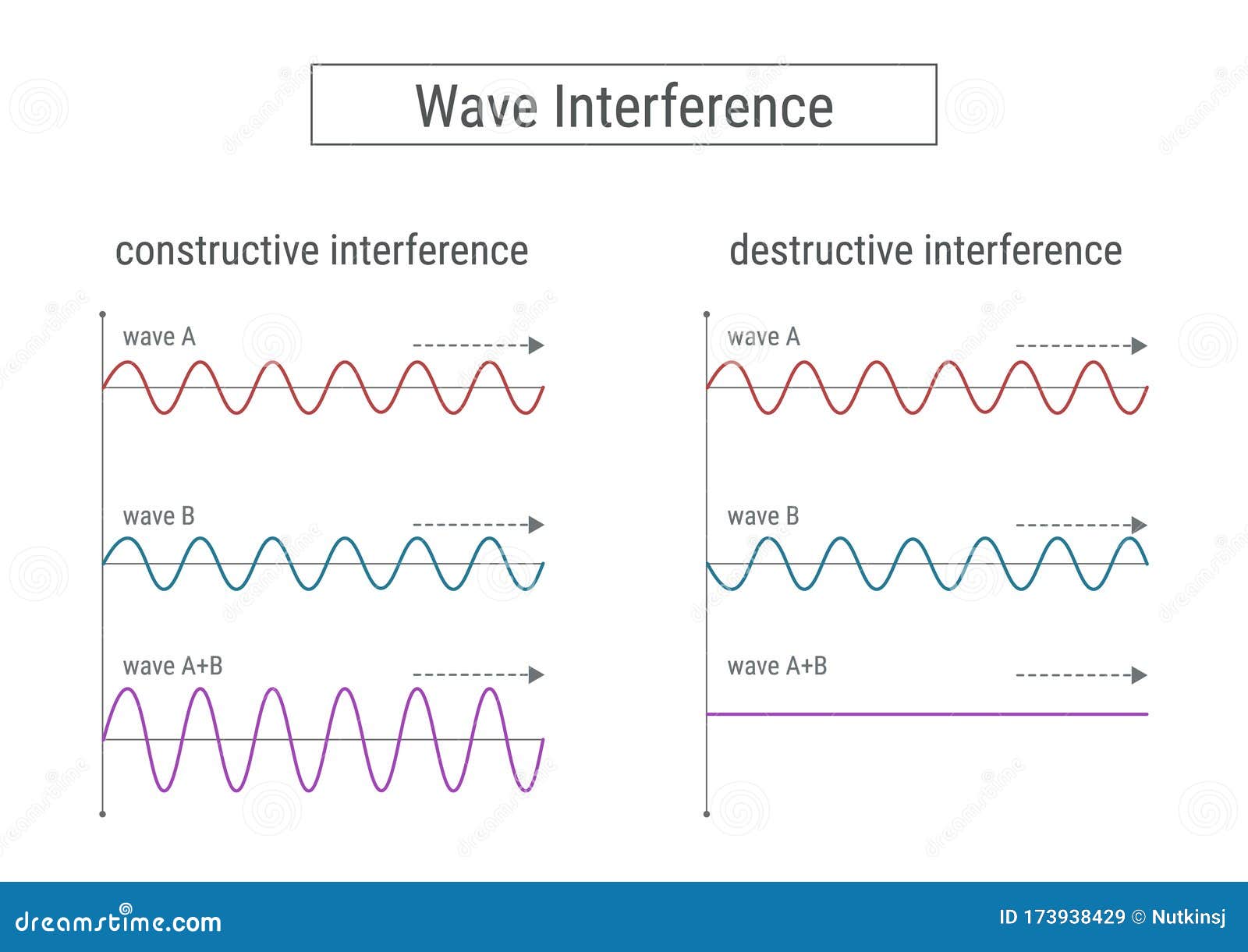Michelson Interferometer Presentation
| Introduction to Michelson Interferometer | ||
|---|---|---|
| The Michelson Interferometer is an optical instrument used to measure small displacements and changes in the index of refraction. It was invented by Albert A. Michelson in the late 19th century and has since become a fundamental tool in various scientific fields. The interferometer works by splitting a beam of light into two paths, recombining them, and observing the resulting interference pattern. | ||
| 1 | ||
| Interference Principle | ||
|---|---|---|
| Interference is a phenomenon that occurs when two or more waves overlap, leading to constructive or destructive interference. In the Michelson Interferometer, a beam splitter divides the incoming light into two beams that travel different paths before recombining. The recombined beams produce an interference pattern, which can be analyzed to extract information about the light source or its environment. | ||
| 2 | ||
| Components of the Michelson Interferometer | ||
|---|---|---|
| Beam Splitter: A partially reflecting mirror that splits the incoming light beam into two paths, typically at a 90-degree angle. Mirrors: Two additional mirrors reflect the two beams back toward the beam splitter, allowing them to recombine. Detector: A device capable of measuring the intensity or phase of the recombined beams, such as a photodiode or CCD camera. | ||
| 3 | ||
| Applications in Metrology | ||
|---|---|---|
| Length Measurement: The Michelson Interferometer can be used to measure small displacements with high accuracy, making it valuable in metrology. Optical Characterization: By analyzing the interference pattern, the Michelson Interferometer can provide information about the wavelength, coherence, and spectral content of the light source. Index of Refraction Measurement: Changes in the index of refraction of a material can be detected by observing the resulting interference pattern. |  | |
| 4 | ||
| Applications in Astronomy | ||
|---|---|---|
| Stellar Interferometry: Multiple Michelson Interferometers can be combined to form an array, enabling high-resolution imaging of distant astronomical objects. Doppler Imaging: By observing the interference pattern created by light from a star, astronomers can analyze the star's movement and identify exoplanets. Gravitational Wave Detection: Michelson Interferometers are key components in gravitational wave detectors, such as LIGO, which can detect minuscule gravitational waves from cosmic events. |  | |
| 5 | ||
| Limitations and Challenges | ||
|---|---|---|
| Environmental Factors: Vibrations, temperature changes, and air turbulence can introduce noise and affect the accuracy of the interferometer. Coherence Length: The Michelson Interferometer requires a light source with sufficient coherence length to produce a stable and clear interference pattern. Alignment and Stability: Precise alignment of the optical components and maintaining their stability can be challenging, particularly in large-scale interferometers. | ||
| 6 | ||
| Future Developments | ||
|---|---|---|
| Advanced Interferometry Techniques: New techniques, such as white-light interferometry and Fourier transform spectroscopy, are being developed to enhance the capabilities of Michelson Interferometers. Miniaturization: Efforts are underway to miniaturize the interferometer for portable and on-chip applications, enabling new fields of use. Quantum Interferometry: Exploiting quantum properties of light, such as entanglement and superposition, may lead to advancements in sensitivity and precision in future interferometers. |  | |
| 7 | ||
| Conclusion | ||
|---|---|---|
| The Michelson Interferometer is a versatile and powerful optical instrument used in a wide range of scientific and technological applications. It operates on the principle of interference, allowing for precise measurements and characterization of light sources and their environments. Ongoing research and development aim to overcome limitations and expand the capabilities of Michelson Interferometers in the future. | ||
| 8 | ||
| References (download PPTX file for details) | ||
|---|---|---|
| Michelson Interferometer... An Overview. (n.d.). Retrieved from http:// w... Michelson Interferometer. (n.d.). Retrieved f... |  | |
| 9 | ||




